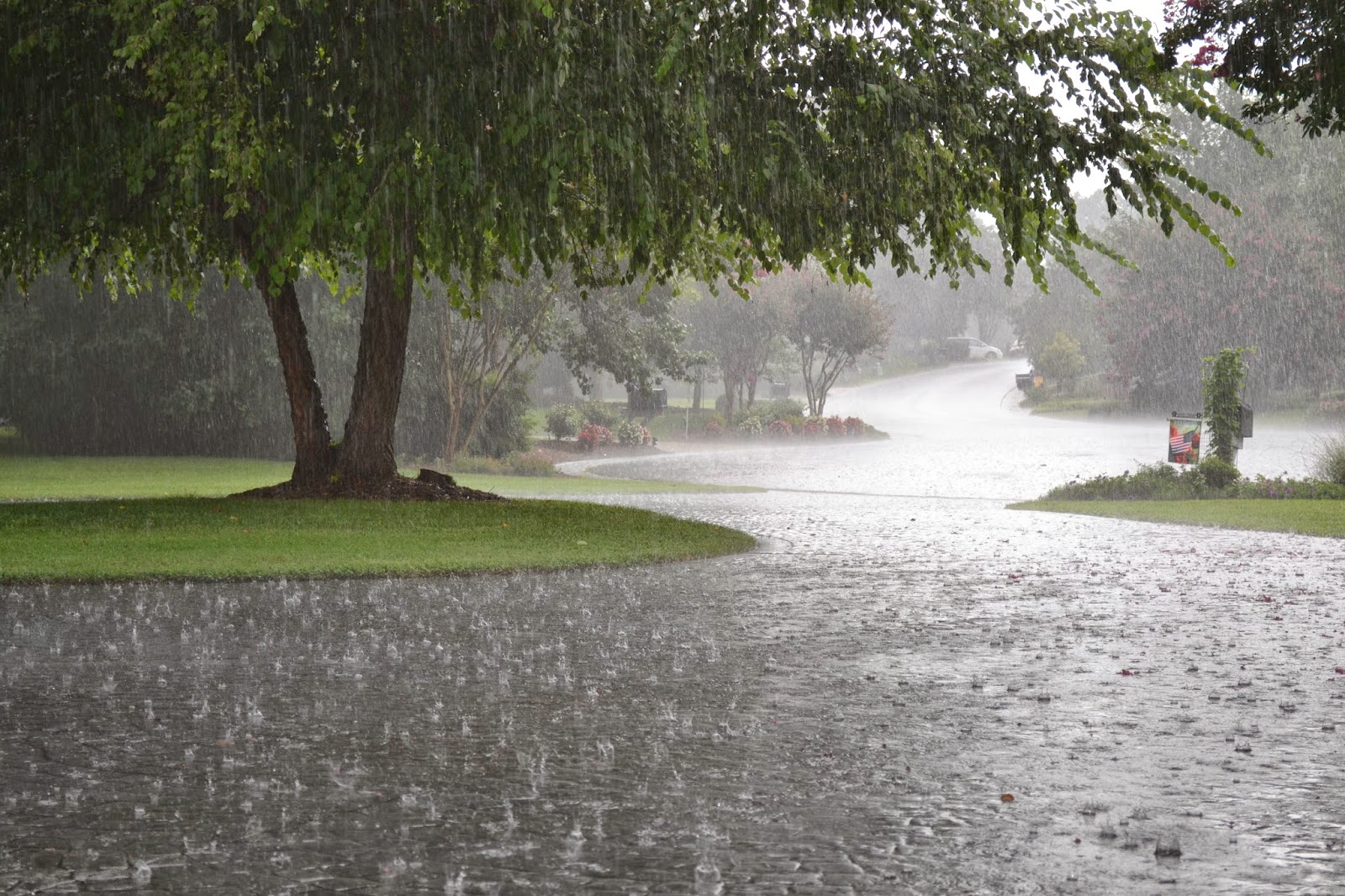Climate refers to the condition of the atmosphere in a specific place for a short period of time. While your area may have a specific climate, it is important to be aware of the daily changes in the various weather elements.

What is the weather like?
The climate it is the combination of events that occur every day in our atmosphere, the climate is different in different parts of the world and changes in minutes, hours, days and weeks, most of the climate changes occur in the troposphere, the part of the atmosphere of the Earth that is closest to the ground.
Weather events that occur in an area are controlled by changes in air pressure, air pressure is caused by the weight of the large number of air molecules that make up the atmosphere. Usually when air pressure is high, the sky is clear and blue.
The high pressure causes the air to flow downward and spread out as it approaches the ground, preventing clouds from forming. When air pressure is low, air flows together and then upwards where it converges, rising, cooling and forming Clouds.
Difference between time and weather
There may be confusion between the two notions of weather and climate, even if there is a substantial difference. The weather is related to a specific time and is not necessarily representative of the general trend of the weather in a given area.
On the contrary, the climate is the set of meteorological conditions that we can observe in a certain place throughout a year, therefore, a 12-month overview of what happens at the climate level, which is not derived from studies in a single year, but over a much longer period of time.
El tiempo It is the set of climatic situations such as temperature, pressure, humidity, which are guarantors of the winds, cloud cover and precipitation that define the troposphere, the lowest layer of the atmosphere, at a given moment.
The science that studies the various factors that determine a climate, is what is known as the climatology, It also deals with the reciprocal relationships between the different factors, their influence on the physical and biological environment and the variations they suffer in relation to geographical conditions.
weather elements
The climate is formed through the different elements that compose it, as well as the way in which they interact with each one to create different atmospheric situations or climatic events.
Temperature
In more practical terms, it means that the particles in the air are moving or vibrating at a certain speed, which creates kinetic energy, when the particles start moving and rotating faster, the temperature increases. When the particles begin to decrease, the temperature also begins to decrease.
Air pressure
Air pressure is the result of the pressure created by the weight of air in the Earth's atmosphere, it is also called barometric pressure, named after the instrument used to measure air pressure.
Air pressure is another essential weather element, especially when it comes to creating or changing atmospheric conditions. It is also one of the critical variables used to make accurate weather forecasts.
Although it is already known that it cannot be seen, air has weight since it is not empty, it is full of various particles of nitrogen, oxygen, argon, carbon dioxide and some other gases.
The weight of the particles in the air creates pressure due to the Earth's gravitational force. Since there is more air above the air near the ground, the air pressure is highest at the planet's surface and decreases as altitude increases.
Wind
Wind is the large-scale movement of air from an area of high pressure to an area of low pressure in the atmosphere. The speed and strength of the wind are determined by the distance between the areas of low and high pressure, as well as the difference in air pressure.
Most major and even extreme weather events like warm and cold fronts, clouds, thunderstorms, and hurricanes are driven by the wind.
It is the tool used to calculate the speed of the wind, it constitutes three to four half cups in the arms that rotate near a central axis, commonly, you can find it on the top of a weather station or in an elevated position.
Humidity
Humidity is the amount of water vapor that is present in the atmosphere at a specific time, it is another element of the climate that cannot be seen, but can be felt, it not only plays an important role in the formation of the climate, but also it also directly influences our physical comfort levels.
Humidity is sometimes difficult to conceive and decipher for this it is good to make a clear distinction between absolute and relative humidity, the hygrometer is a tool used to measure the speed of the wind, in turn you will find more than one type of this device , such as the psychrometer and the resistance hygrometer.
Precipitation
Precipitation is water in all its different states, formed after condensation converted water vapor to its solid form, which falls to the ground after it becomes too heavy to remain suspended in air. Precipitation can take the form of rain, snow, or hail.
There is no argument that water in any of its forms is an absolute necessity for life to exist on Earth, humans, animals and plants need water to grow or stay alive, and precipitation is the only way to replenish the dams, rivers, reservoirs and groundwater on which we depend.
A rain gauge is the instrument used to measure rain, it is essentially a metered container that captures rain and measures the amount that falls over a given period of time.
Visibility
Visibility is the measure of the degree through which an object can be seen at a certain distance, this measurement is crucial when conditions such as fog, mist and freezing drizzle exist, which can severely hinder visibility.
Visibility may seem like a highly unlikely element of weather, but it is especially important when discussing and measuring weather conditions such as fog, mist, freezing drizzle, and smog.
The importance of being able to measure this element is often underestimated, it is especially applicable in areas where visibility plays a crucial role, such as airports and ports where it can literally be a matter of life and death.
Clouds
Clouds are drops of water in different states, they are constituted as transparent ice and snow, which were established after the water vapor reached the concentration level and could no longer survive in gaseous form.
It is no secret that clouds are one of the fastest ways to determine current and future weather conditions, studying them in more detail with scientific equipment is invaluable in making very accurate assessments of present and characteristic atmospheric conditions.
Advanced materials used by meteorologists to learn about clouds in detail are weather satellites and antennas, which can accurately assess cloud consistency, amount of moisture, temperature and cloud current.
sunshine duration
The duration of sunlight is the time that the Earth's surface is directly exposed to solar radiation. It is also known as daylight hours and measures the amount of exposure over a set period of time (usually in hours per day or year).
The amount of sunlight the Earth receives (which is a characteristic of solar radiation) greatly influences other elements of climate, such as ambient temperature and more indirectly, humidity and air pressure.
The duration of sunlight influences other weather elements, which can change the entire composition of weather conditions. This ability makes him one of the Climate elements and factors more powerful and influential.
Evaporation
Evaporation is a hydrological process that we are all quite familiar with, even if you are not aware of it, water evaporates faster if the temperature is higher, the air is dry and there is wind. Evaporation rates are generally higher in Dry weather and windy weather.




